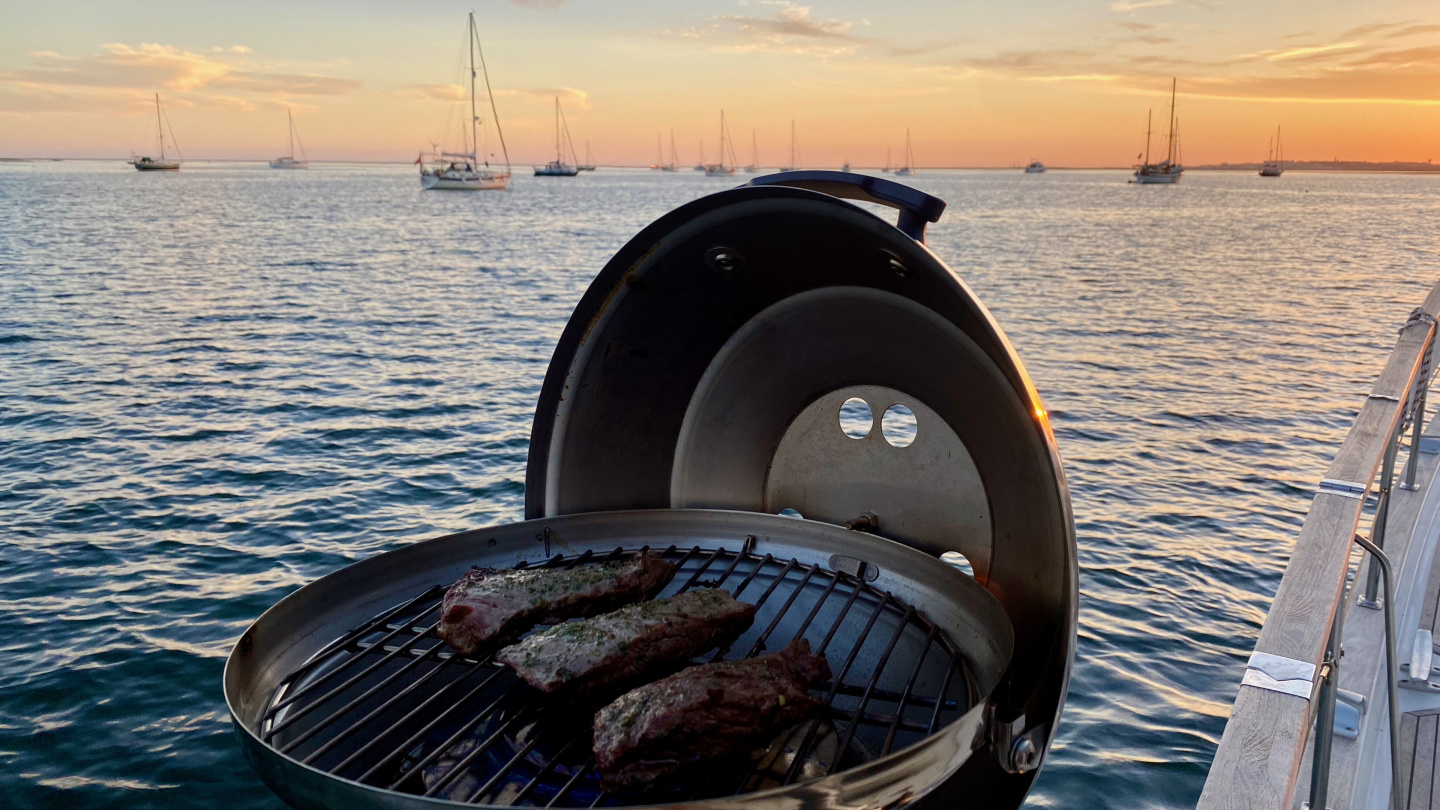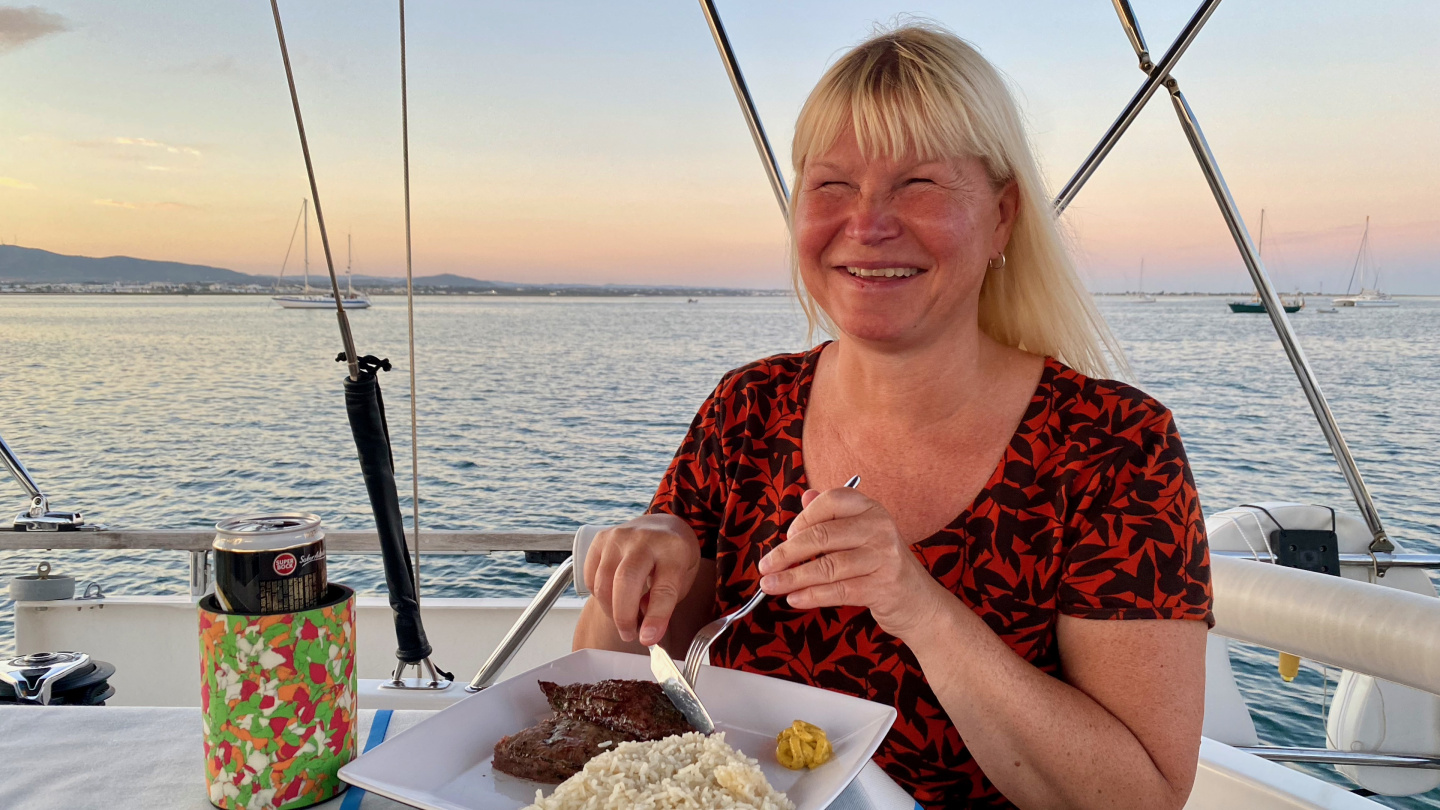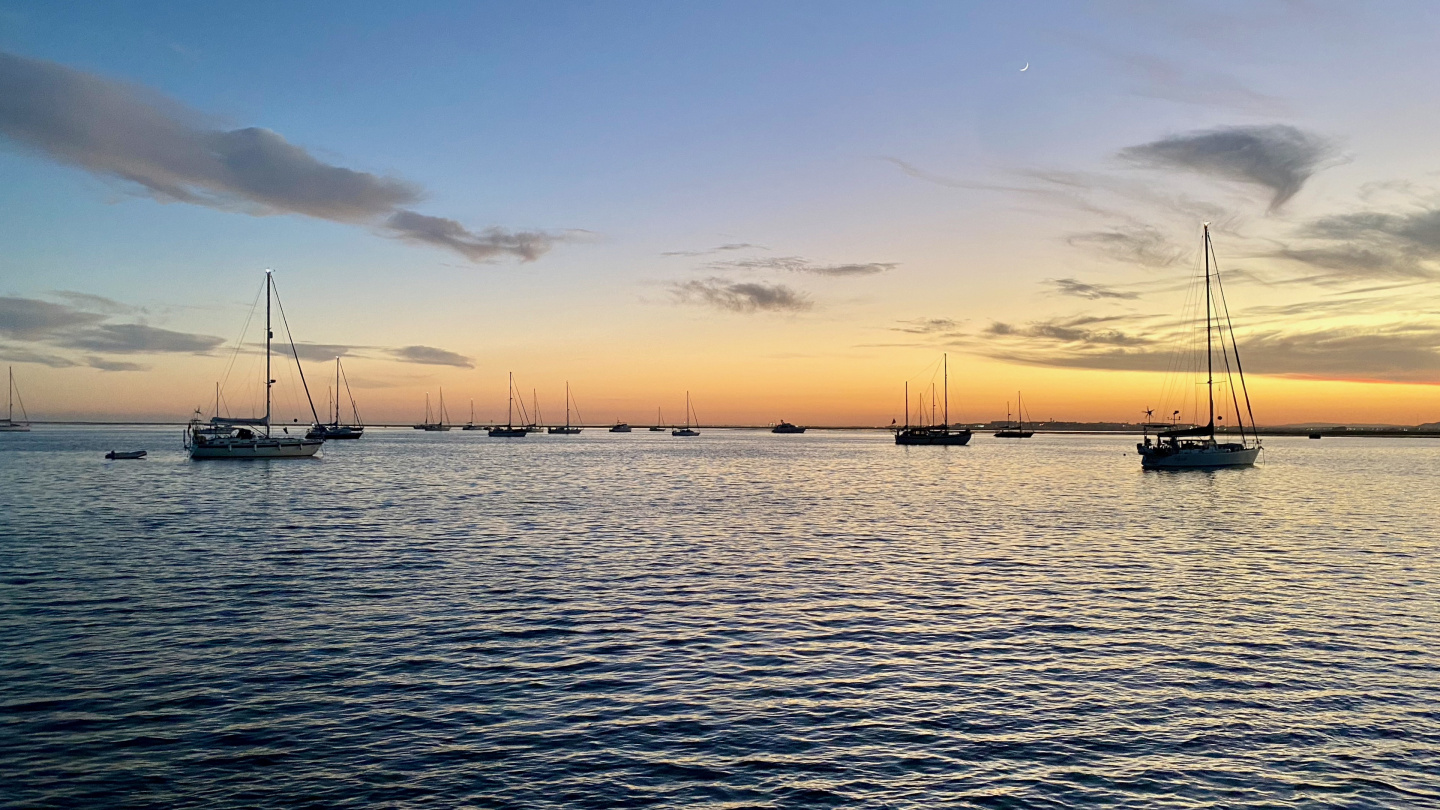After having enough time for partying in Albufeira it was time to relax and recover in the quiet anchorage of Culatra. Our second main destination of the summer cruise was Culatra. In addition to Alvor it is the only other “real” anchorage in Algarve and our expectations were high.
There was enough wind, and we were sailing for the whole passage to the delta of the river Formosa near the city of Faro. From Albufeira to Culatra it was I total of 24 nautical miles, and it was a perfect day sail to the new destination.
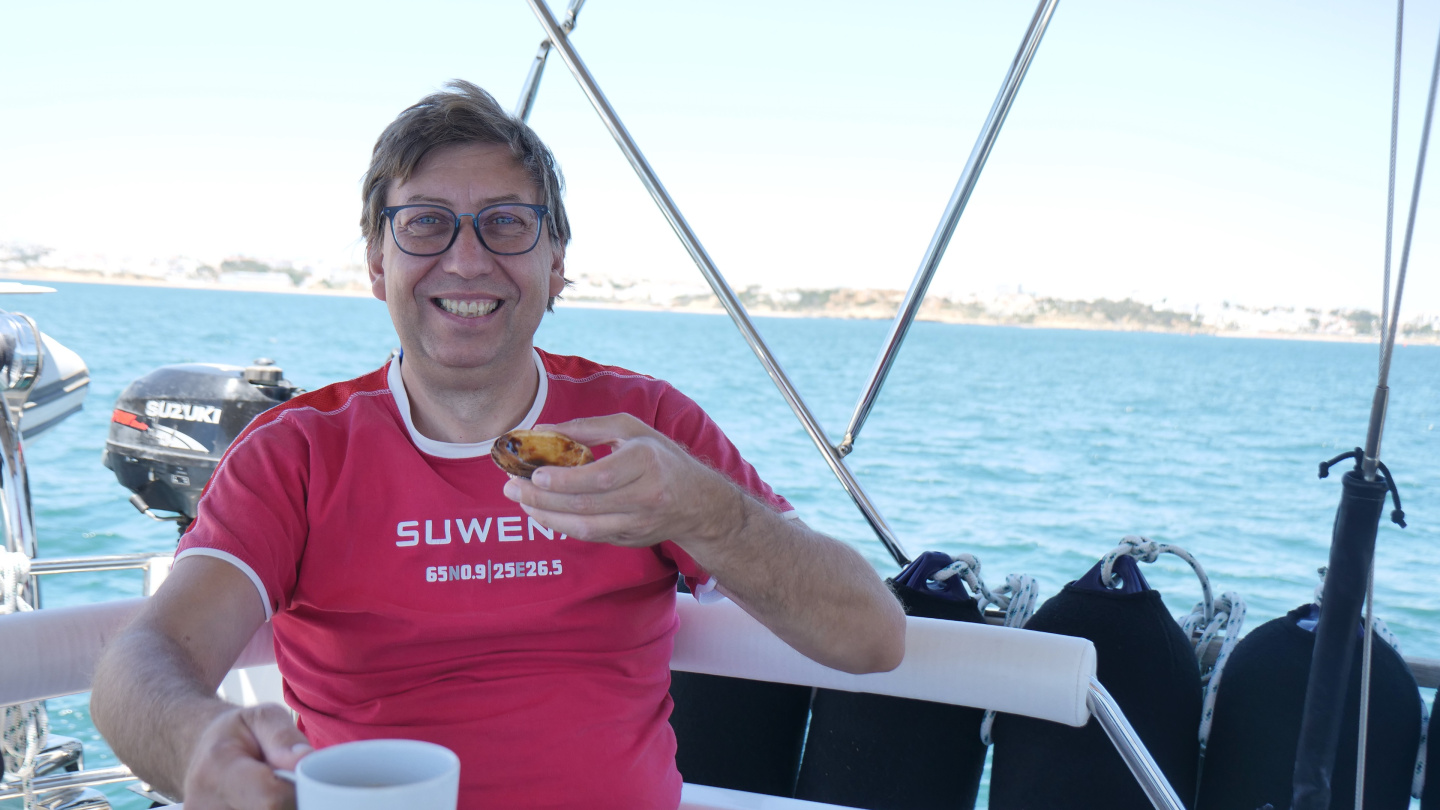
Sailing books always warn about standing waves at the river entrances when the tidal current is meeting the river current. One of the most famous such kind of river inlets in the world is Haulover inlet in Florida. Just search in Youtube for ”Haulover inlet”, and you find a lot of examples of boats trying to negotiate the standing waves with various success, even if otherwise the weather is pretty good. We thought that the river is not very big and as there were no big waves at sea, we could enter the river at any time of the tide. This thought was rather bad. It seems even to us, experienced sailors who have sailed tidal waters for many years can have a mishap – maybe Albufeira had softened our brains? We arrived at the river entrance during the biggest tidal current of 3.6 knots or exactly mid-tide. Suddenly as we approached the river, we were in the middle of quite a mess. Tall waves were rising from noshere all-around of us. Noise was deafening as the water was surging around us. Five minutes later we were on the river and water calmed down like a magic. We could only to hear the noise from our stern.
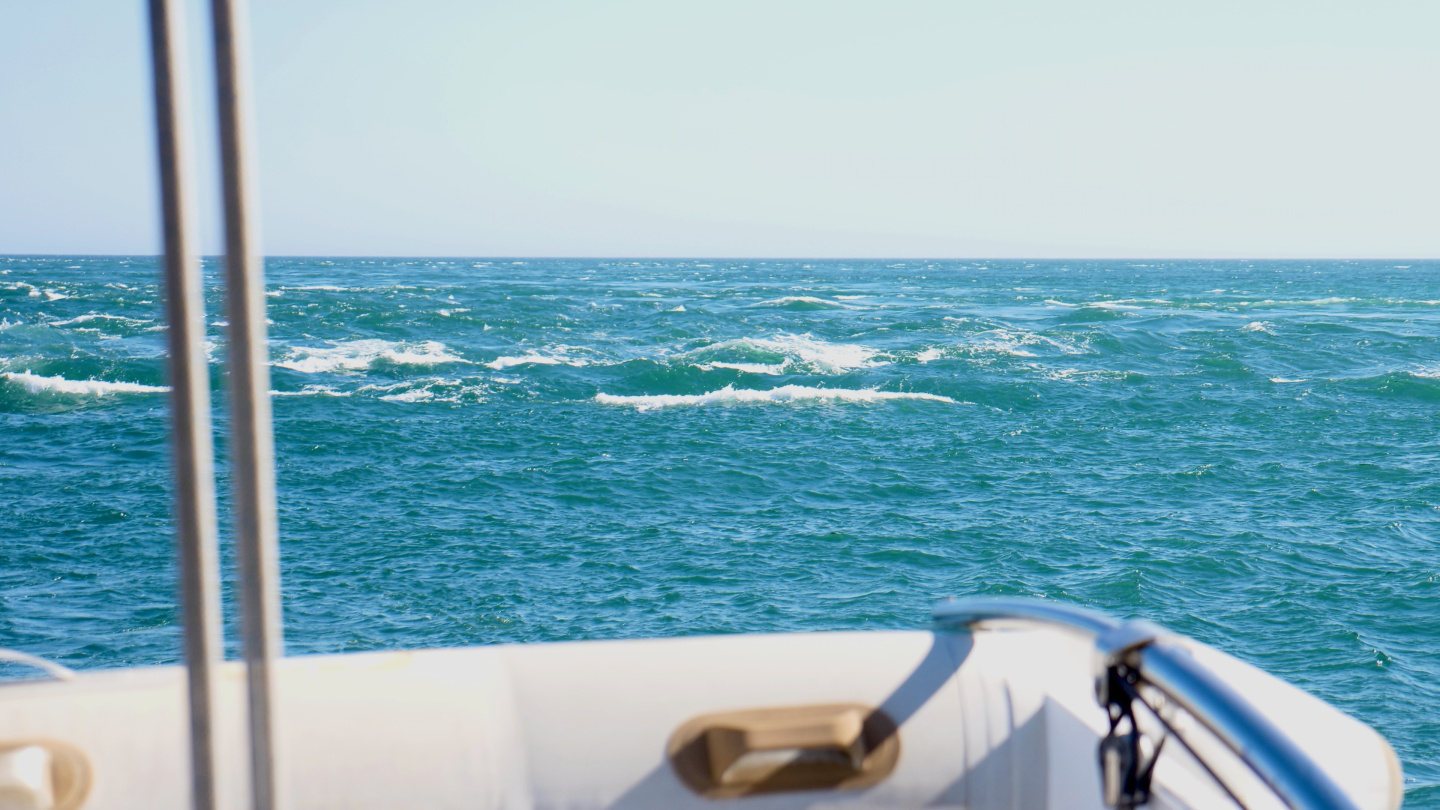
Ria Formosa is a huge lagoon like area in front of the cities of Faro and Olhão that is sheltered from the Atlantic Ocean by several sandy spits. Some of them are islands like Culatra. Others only reveal themselves during the low water. In total the spits continue for tens of kilometers and the whole area is the natural reserve. Tidal water can enter the lagoon through six different entrances but only one of them is deep enough for sailing boats. The water in the lagoon is thus the salty seawater.
The grass growing on some of the spits is flushed to sea during the spring high tides. Therefore, the sea water intake filters of the engine and the generator must be cleaned regularly to avoid the blockages. However, the water is still clean, small amount of grass did not bother the swimming at all and I did not want to get out of the water at all on a hot day. It was so refreshing to dip into the coldish sea water. Back in Alvor children from neighboring boat were bragging that they saw sea horses in Culatra but unfortunately, we were not lucky enough to see any.
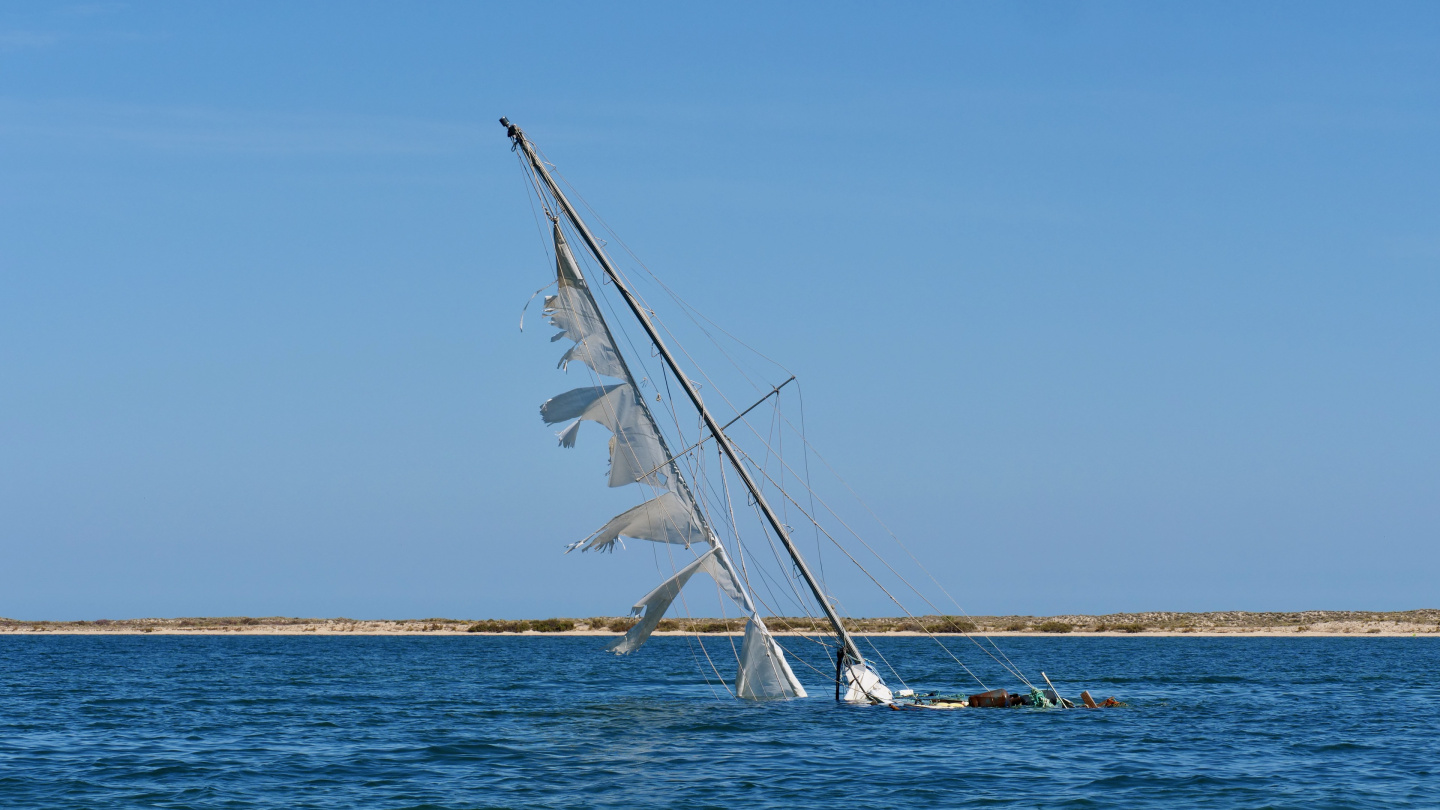
The island of Culatra is the biggest among the sandy islands of Formosa. Its 7 km long and less than a kilometer wide. It’s two villages have a total of about 3000 inhabitants. The village of Culatra is in the middle of the island and the village of Farol is at the west end close to the lighthouse. There are no cars on Culatra and between villages there is only a sandy path. In addition, only a few tractors transfer goods to shops and restaurants. We were on a walk when we witnessed a motorboat loaded with boxes arriving from the continent. Tractor drove into the water and boxes were put directly into it’s front loader bucket.
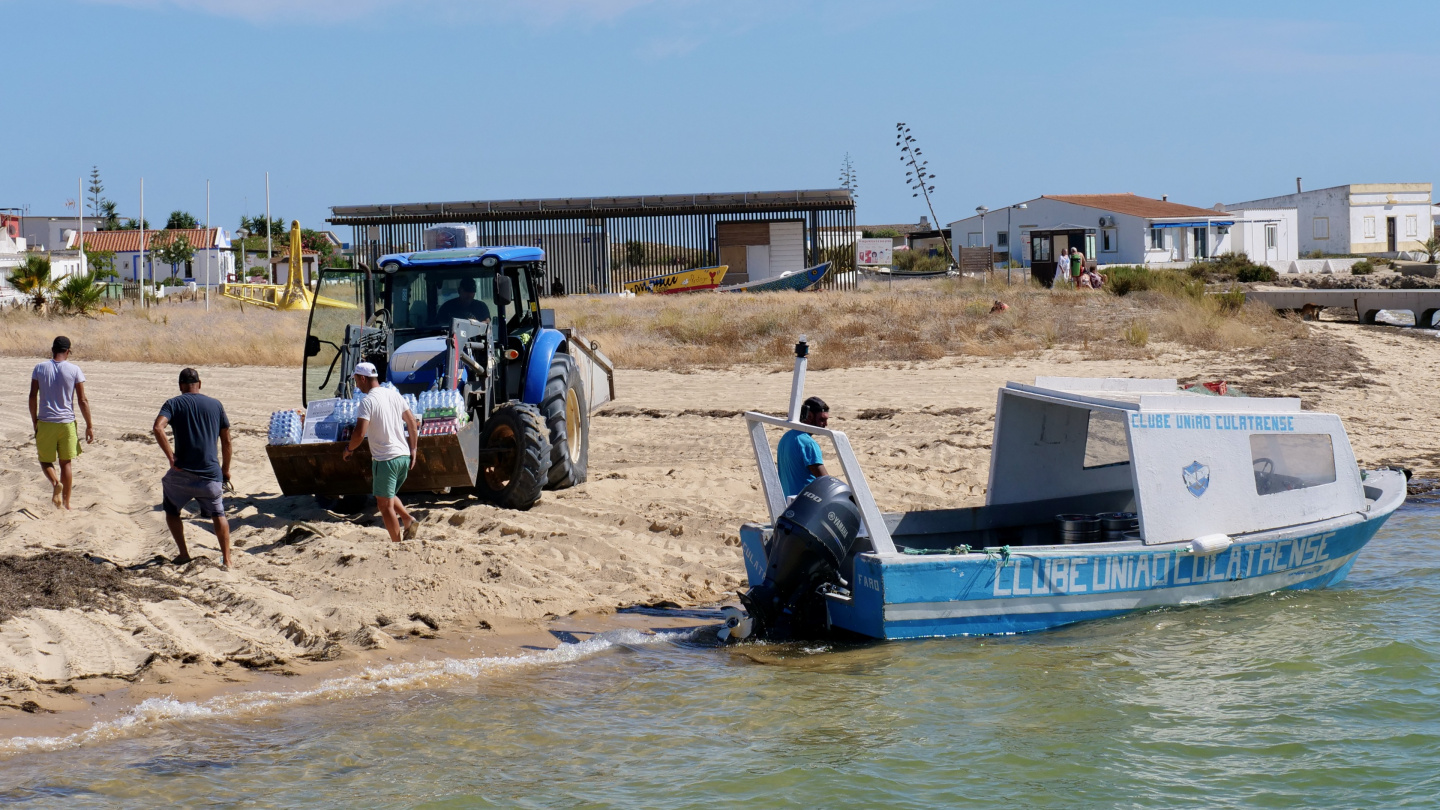
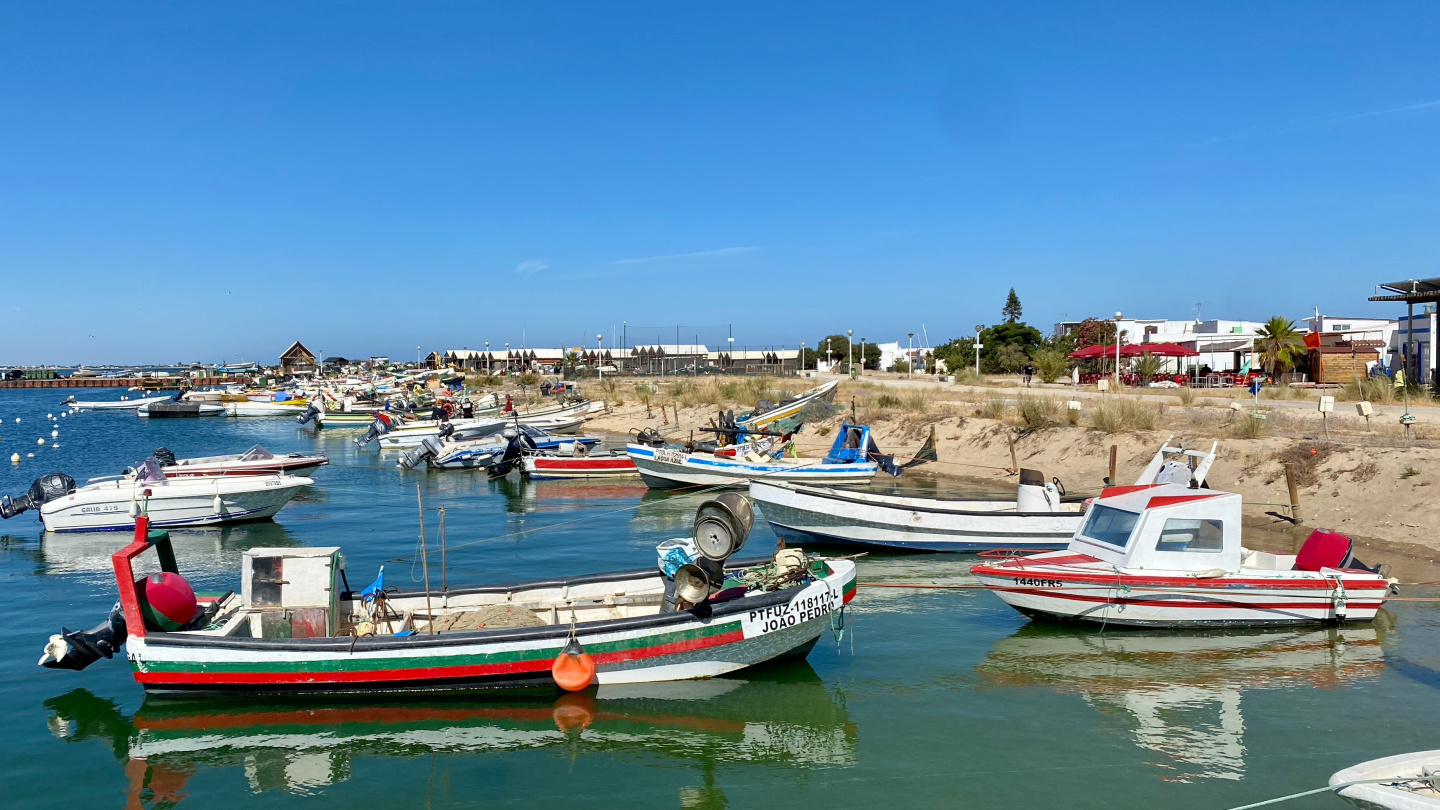
There was a definite feeling of community in the village of Culatra. People were stopping when meeting each others to exchange latest news before continuing their business. In the ballpark there were probably about ten restaurants, grocery shop and a school. After passing the village, street turned into duckboards that continued south until the Atlantic coast. We found an amazing beach with fine sand. We sat down at the beach café for some sunbathing and ice cream. The small café kiosk is kept by two marine biologists and how nice it must be to work so close to ocean and nature.
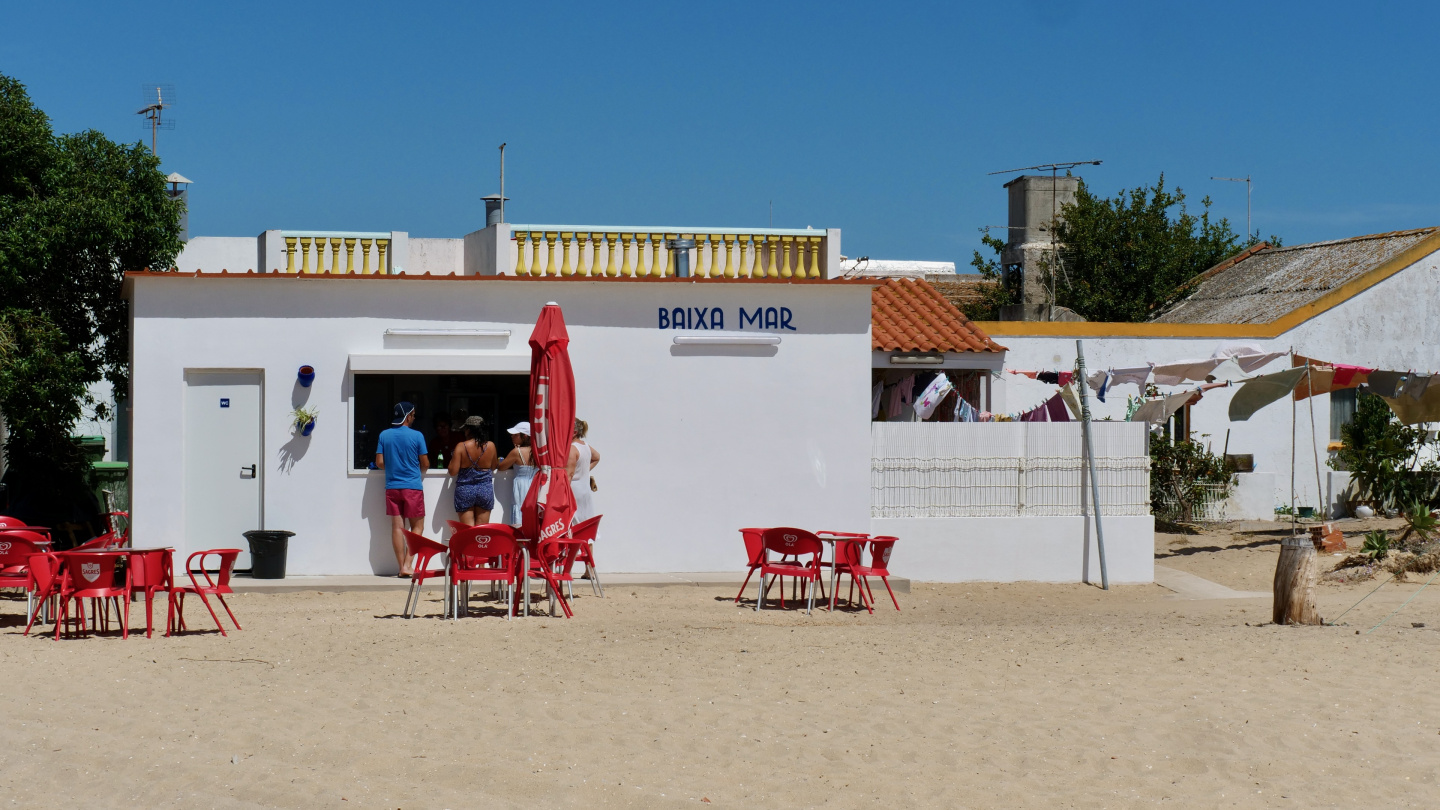
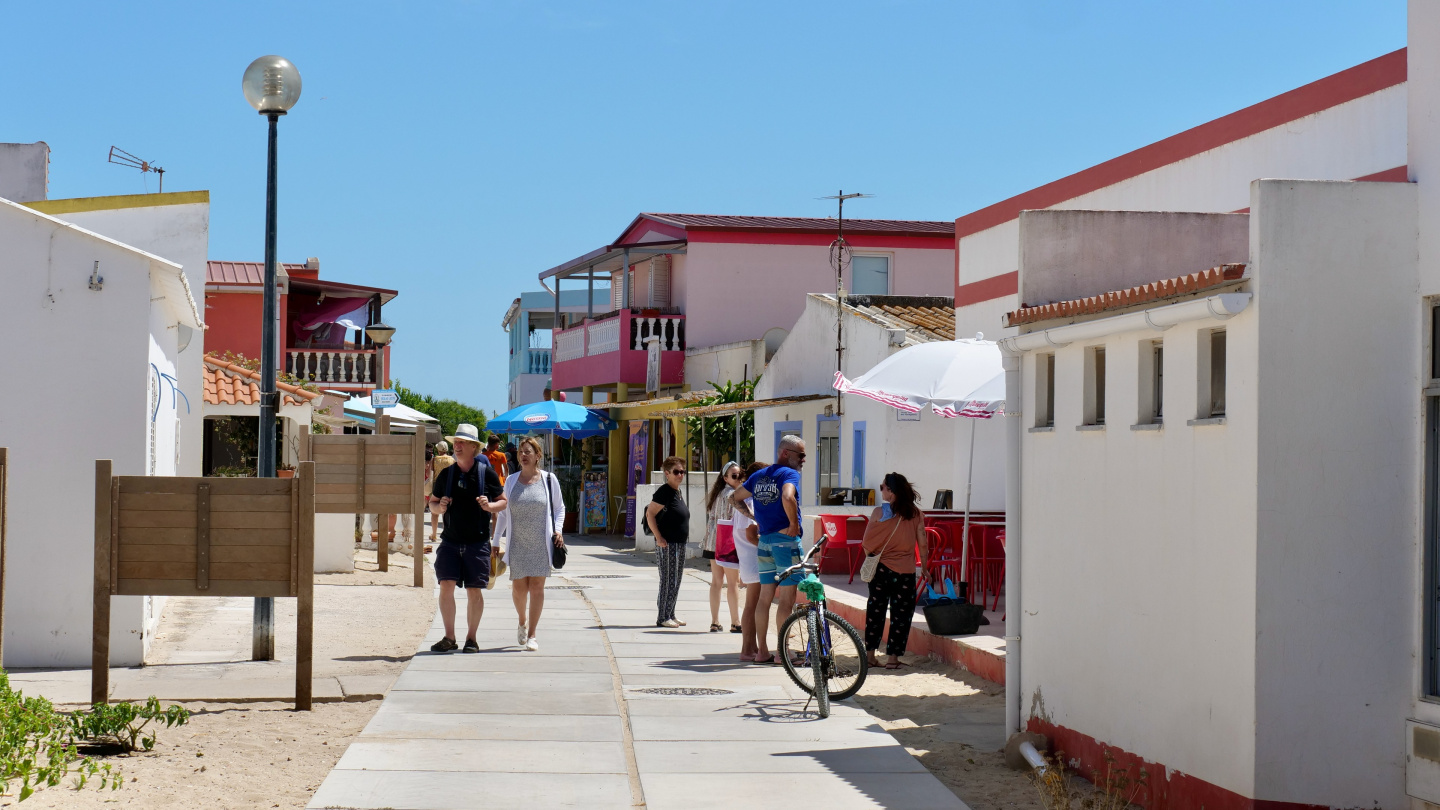
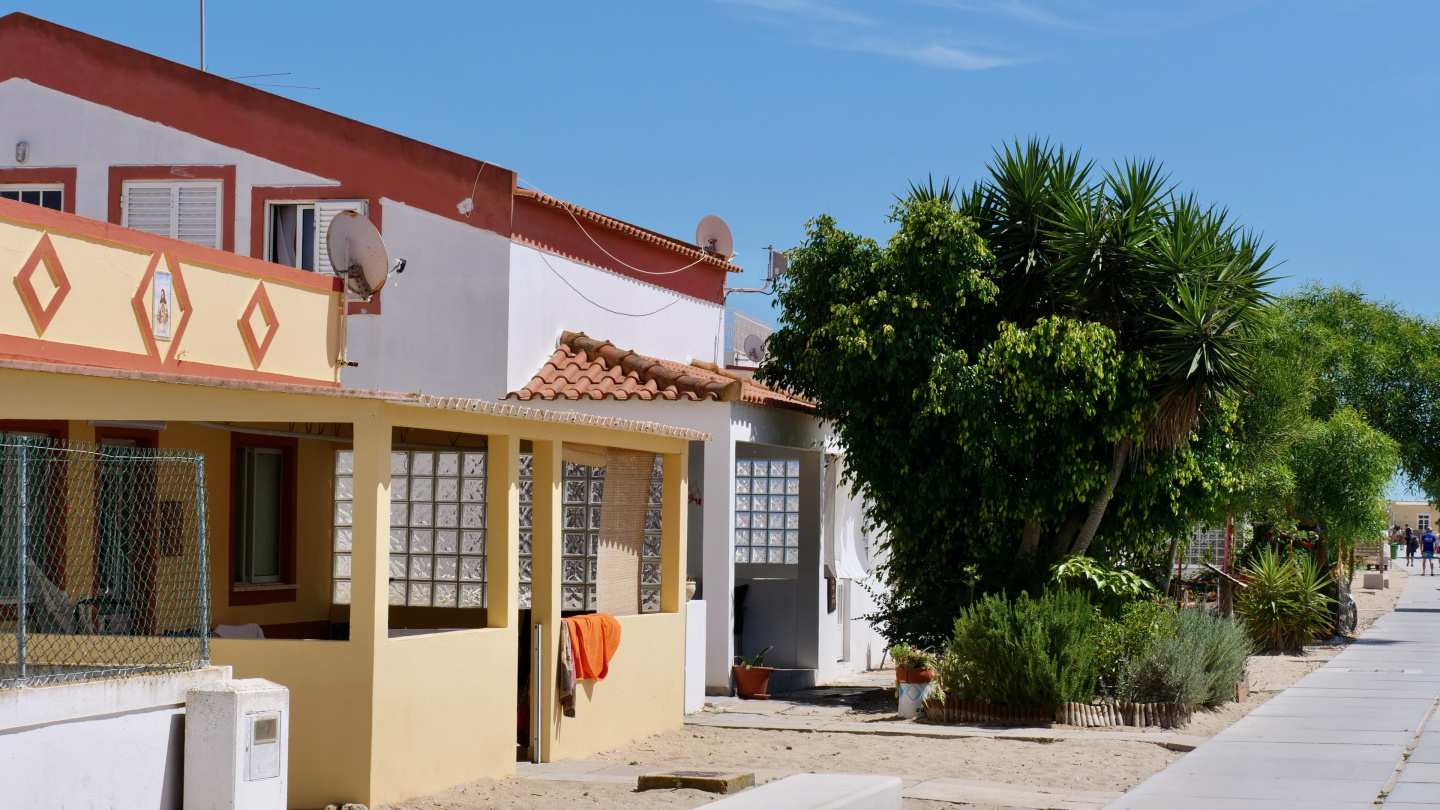
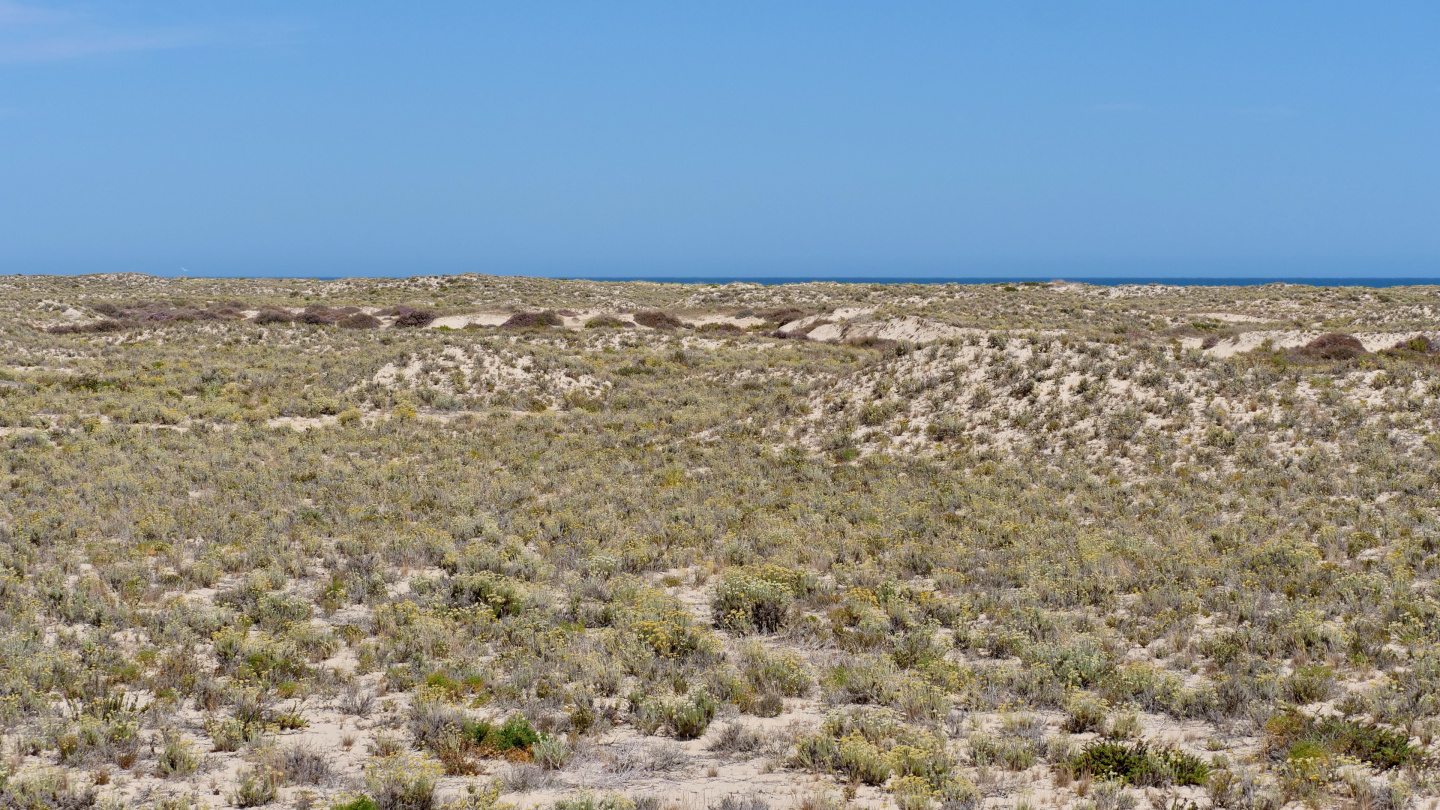
For our entertainment there was a sailing regatta at sea. Sailors tried to take full advantage of the wind and were tacking at last moment, at the stone’s throw from the shore. It felt like we could almost touch their boats from land. Yachts were accompanied by the sound of sails when tacking and soon they all disappeared into the western horizon.
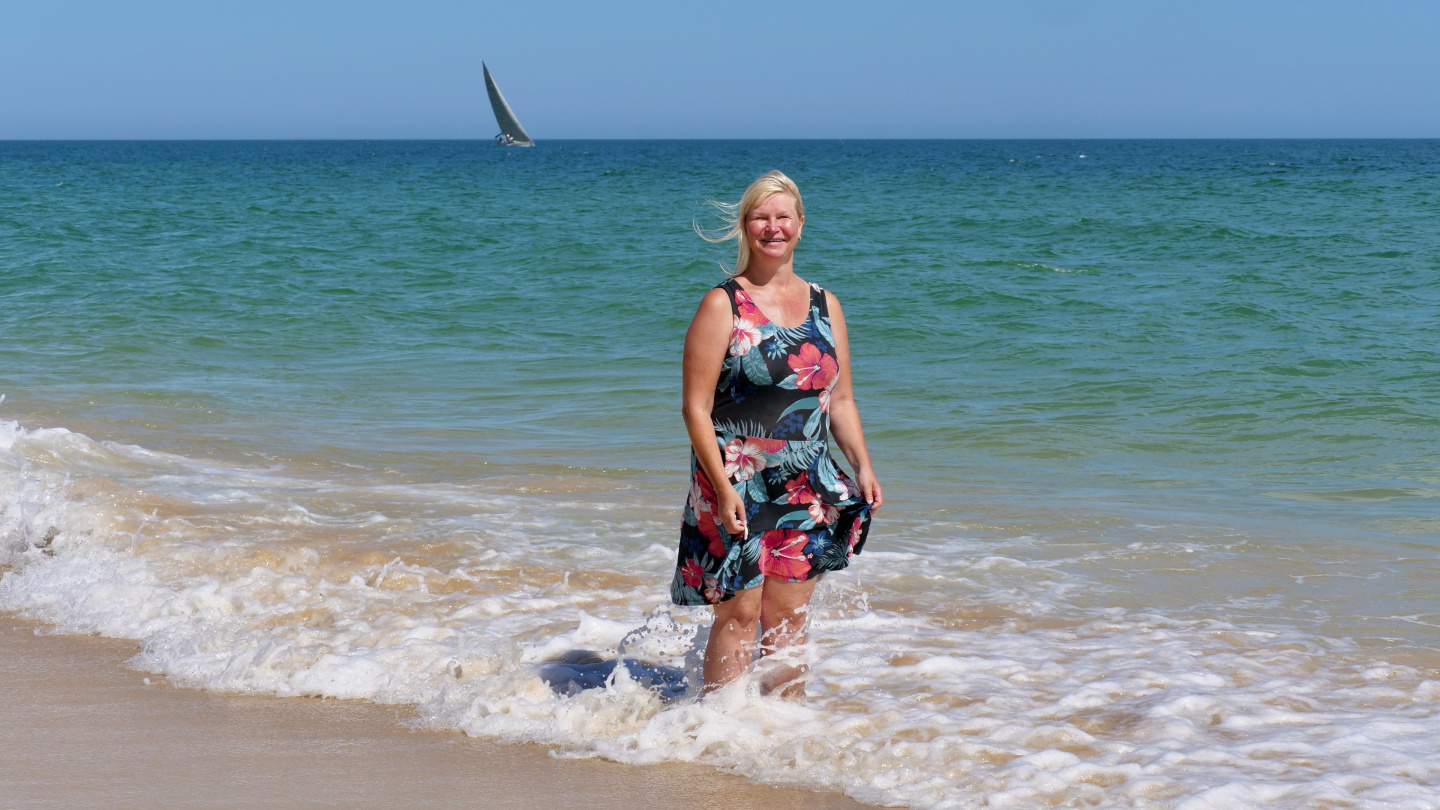
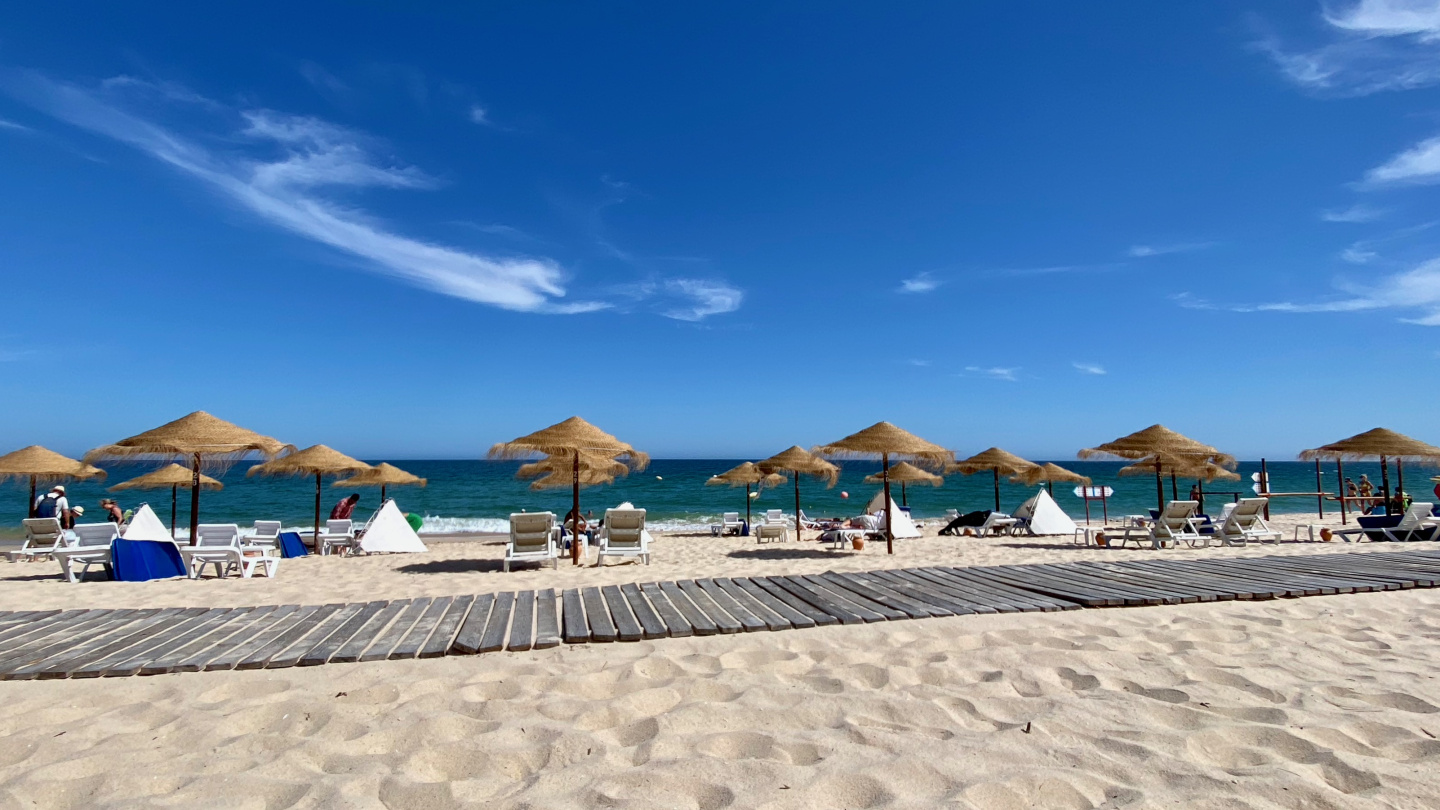
You can anchor anywhere on Ria Formosa as long as there is enough water under the keel. In front of Culatra there is a space for at least a few hundred boats. During our stay Andrus counted almost a hundred boats anchoring. Every day some boats were arriving while others were departing. We met again with several other boats that we had previously seen in Lagos, Alvor or Albufeira.
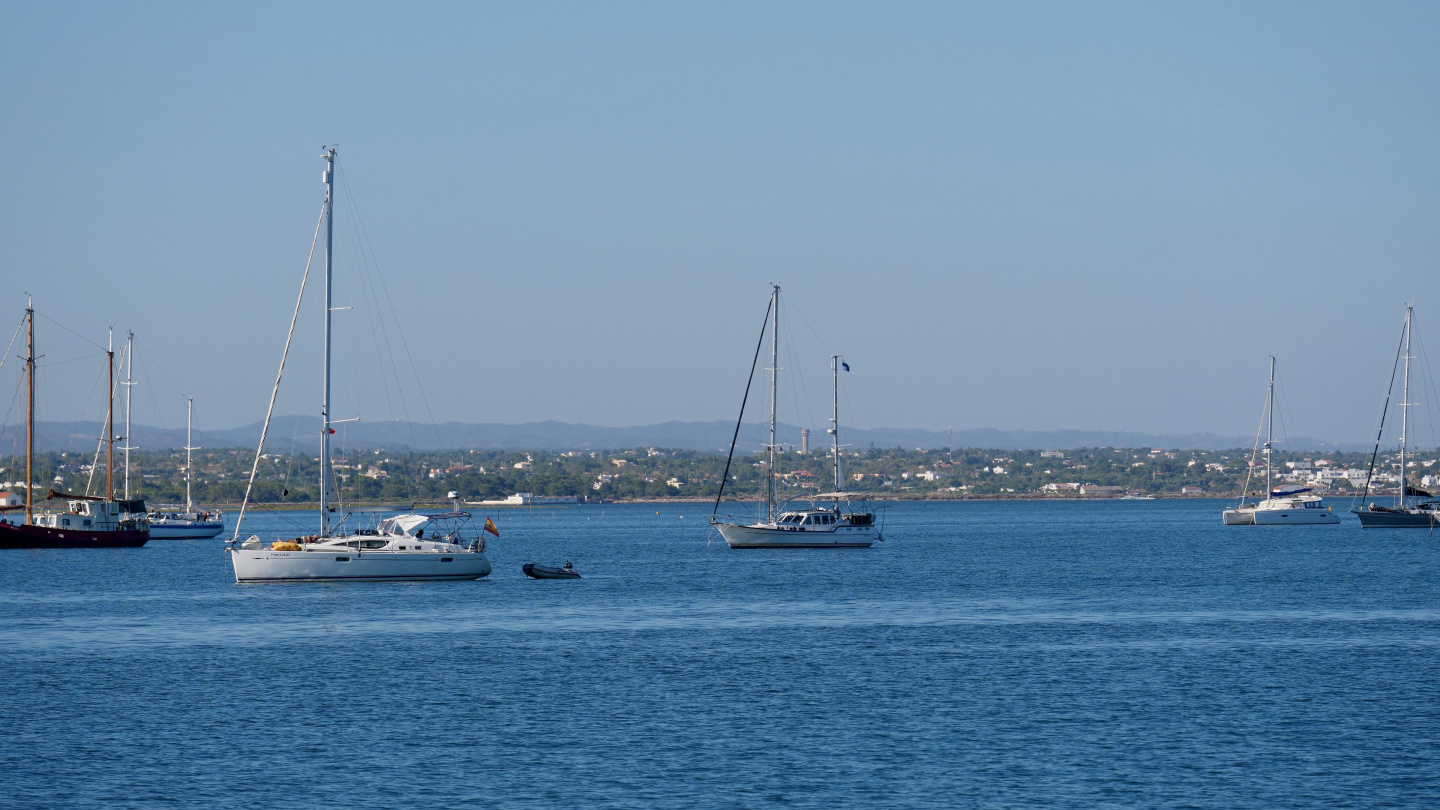
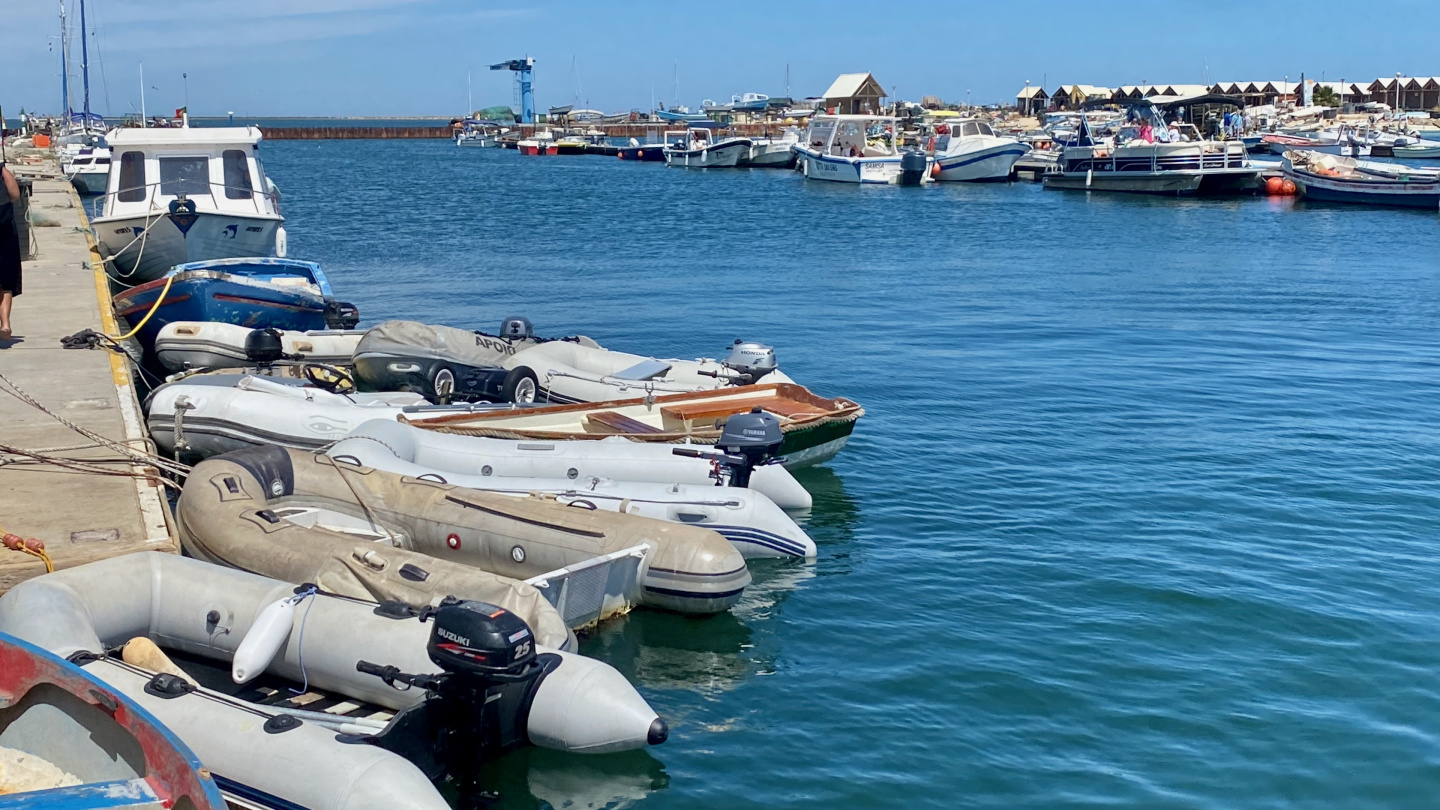
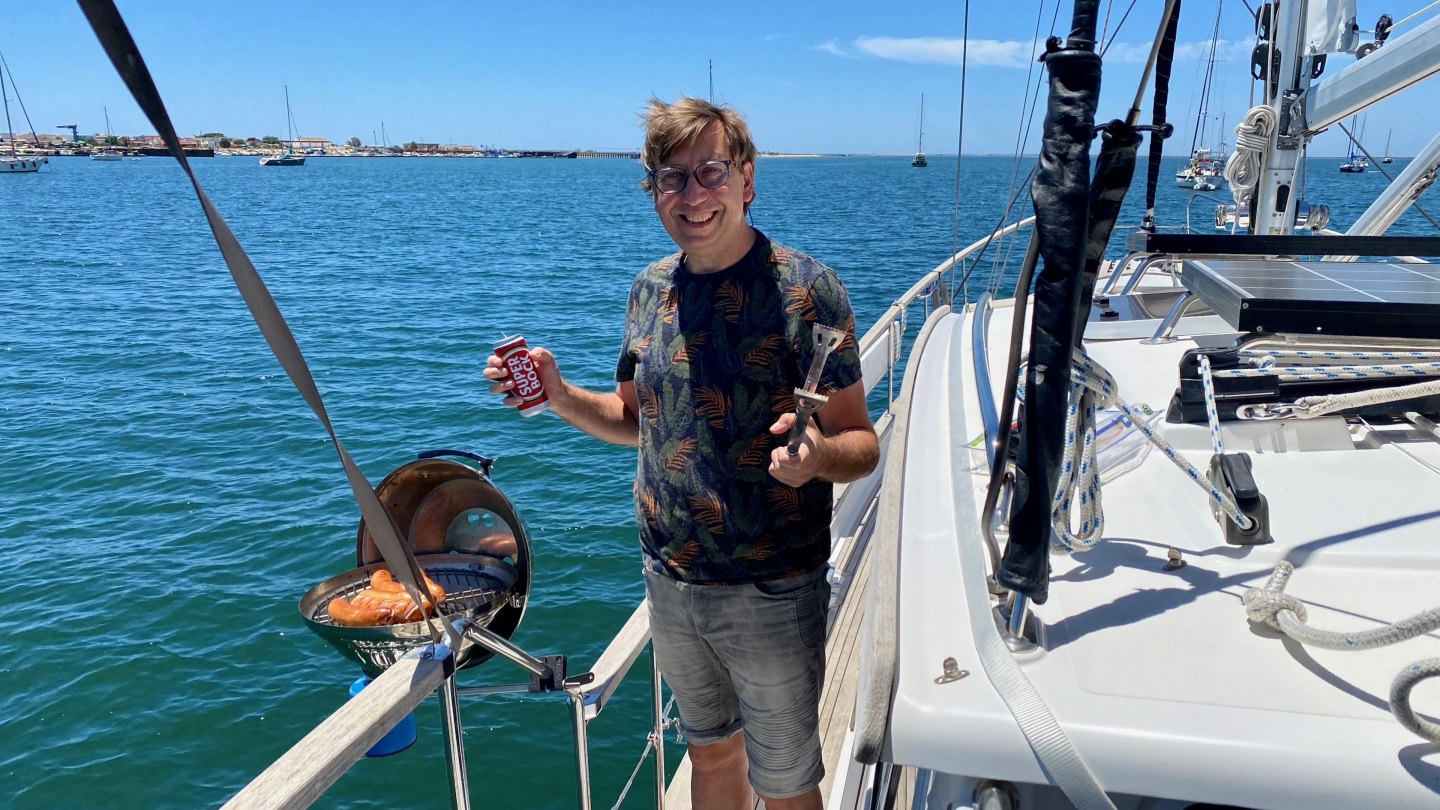
Now is time for revealing a huge secret: hidden beach of Culatra. After crisscrossing through the village, we continued the path to the east. And what a wonderful shallow lagoon we found. To the southeast from the Culatra village there are several low dips where high tide brings about a meter of water. We were the only visitors among the locals. Many local families were out with children playing all around the pond and enjoying the summer. Wow, if I only had bikinies under the dress, I would have been in lukewarm water in a minute. Wading knee deep was the second best option, and we took it slowly before heading back to Suwena. This lagoon will dry up during the low water and locals really knew what time to visit for a perfect swim.
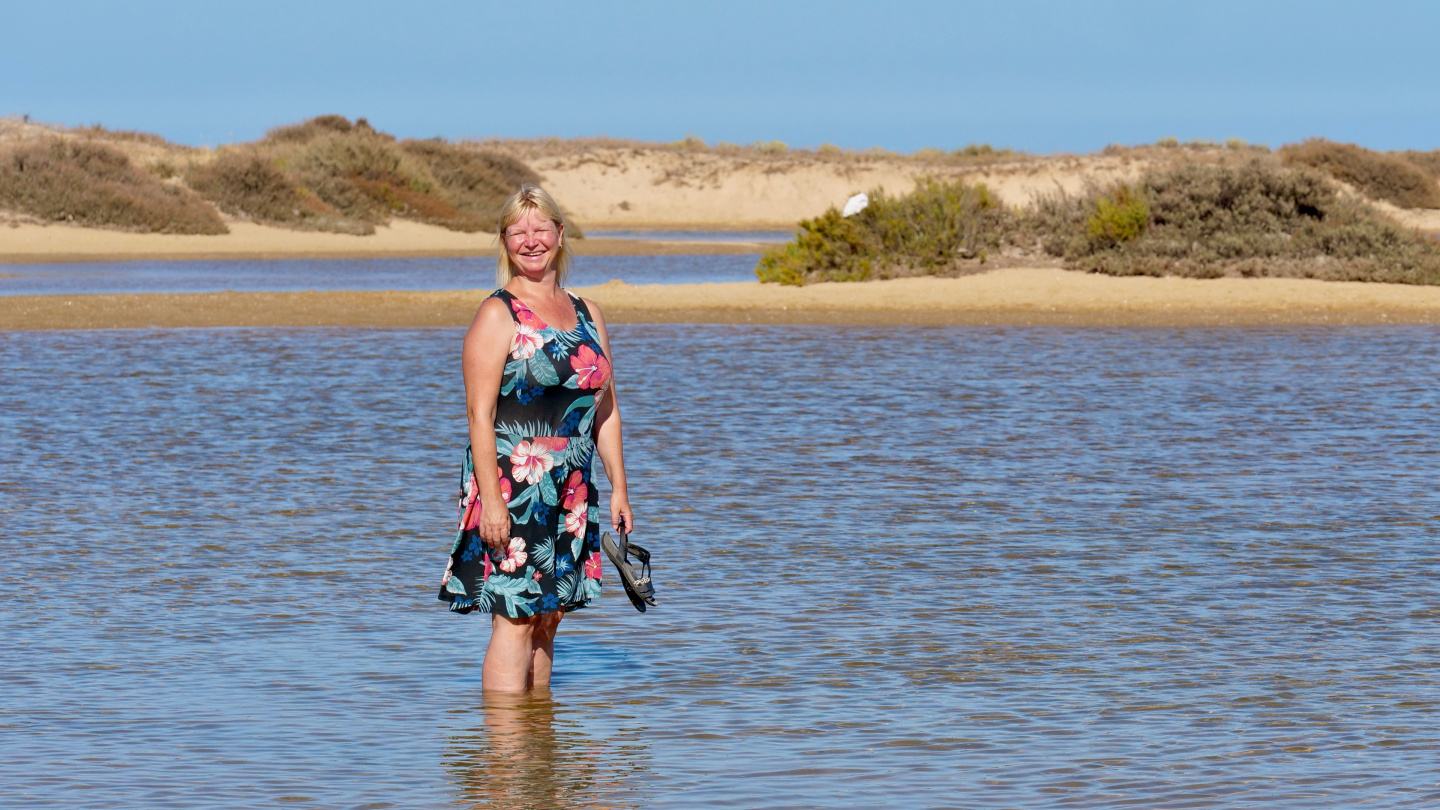
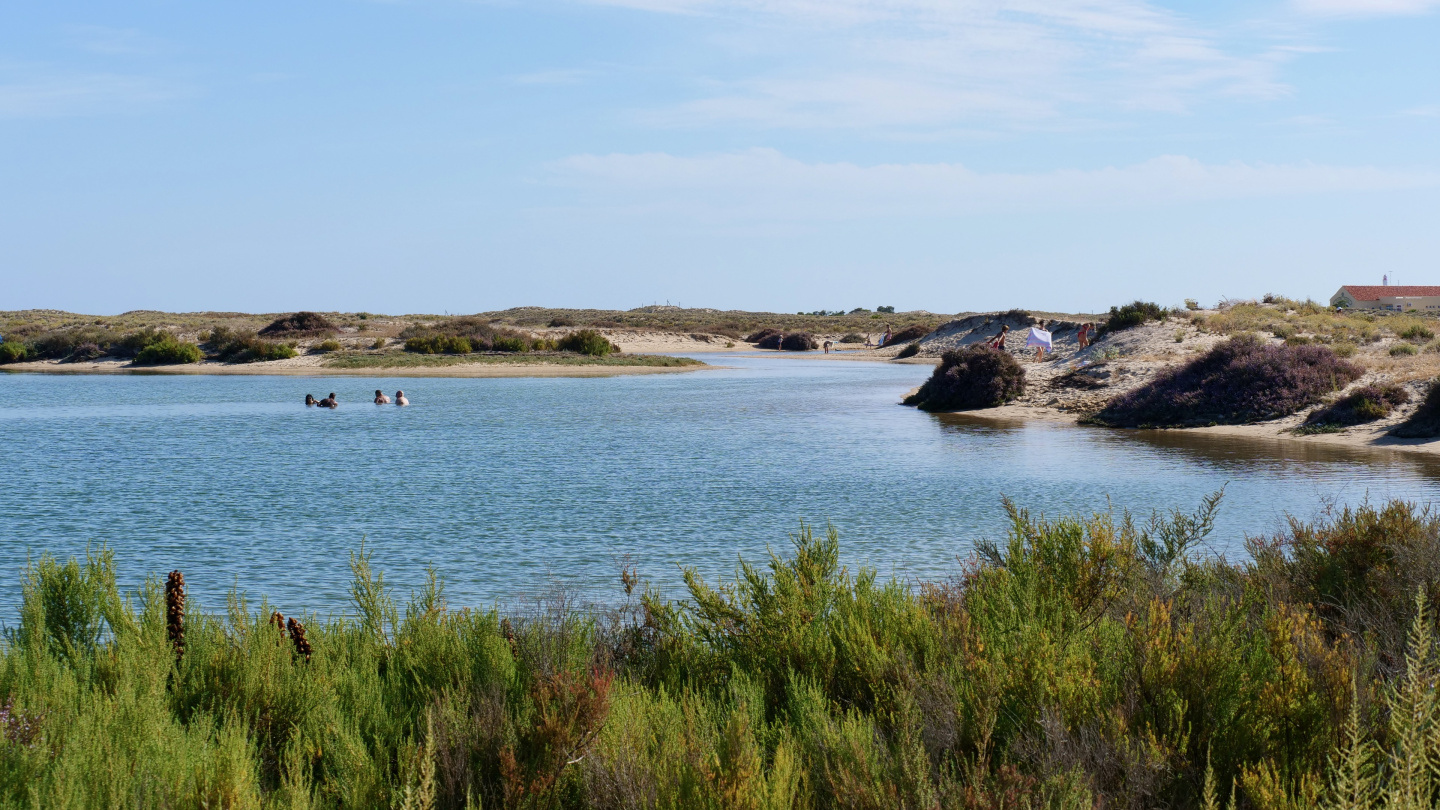
Anchoring in Culatra was deeply relaxing. The sun was shining, you could swim as much as you like and, in the evenings, the sweet smell of barbecue from our grill was divine. Not forgetting the faint sound of water lapping boat’s hull – this is the summer at it’s best!
